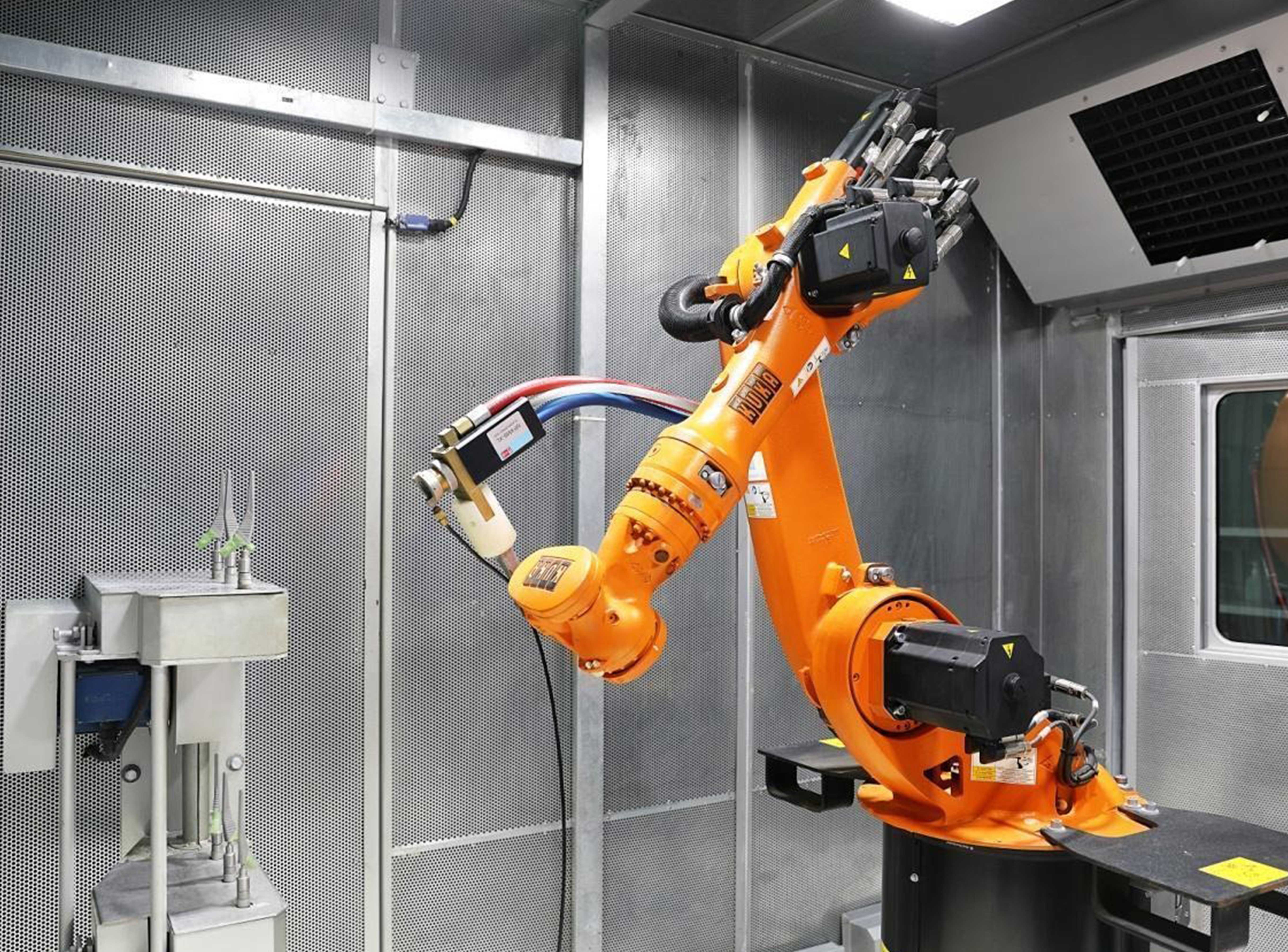Meril Life Sciences Pvt Ltd. is dedicated to innovation and staying up-to-date with the latest medical devices and advances in healthcare technology. Based on a report by Credence Research, the global medical robotics market was valued at $7.24 billion in 2015 and is expected to grow to $20 billion by 2023. These robots are being created to fit a wide variety of roles within the medical environment. These include robots that provide therapeutic, surgical and even industrial assistance in the creation of medical devices that deliver flawless results.
In the current scenario, where safety and sterility in preparation and delivery of medical supplies and equipment is a paramount concern, robots are the way that leads to the future of health and medtech. To combat these healthcare concerns, Meril Life Sciences is proud to be one of the few companies in India relying on the use of robots to continue delivering the cutting edge in healthcare technology. Here are some ways in which Meril life Sciences Pvt Ltd. makes use of robots to deliver the highest quality possible.
Femur finishing with robot
The Femur or the thigh bone is the longest and strongest bone in the human body. In the field of orthopedics, the use of robots allows for extremely high precision. These robots are also 2.5 min/piece rate faster than their human counterparts. The unmatchable precision in surface finishing results in a 40% reduction in rework requirements. At the same time, robots do not create any sound or air pollution or waste which makes them the ideal workers. These robots are monitored by experts in the field to ensure that they are fulfilling their roles and following the correct processes.
Quality control by robot
An orthopedic implant such as a knee replacement device is one that patients need to spend years with. When it comes to implants created for the purpose of improving human life, there should be no scope for errors. To ensure this we employ a 100% implant check by robots instead of batch sampling the products. At Meril Life Sciences Pvt. Ltd, we ensure 0% quality negligence with the help of robot-assisted quality checks and control with better accuracy of 0.2 micron and a 30% faster check than widely used conventional instruments. Robotic systems can be classified into two categories: autonomous and haptic (or surgeon-guided). Passive surgery systems, which represent a third type of technology, have also been adopted recently by orthopaedic surgeons. All three of these systems have been proven to increase the accuracy of the alignment of the components and produce more consistent ligament balance. Which makes the use of robots in orthopedics manufacturing a safe and reliable quality control method.
How the introduction of robots affects us
We have already gotten used to the machines that monitor a patient’s vitals and alert nurses when there is a need for human presence in the room. Such technology is what allows nurses and hospitals to be able to monitor several patients at once. Robots can also be helpful in moving medical supplies from one place to another. Robotic and mechanical technologies are already in use in many different areas of our life which directly affect and aid patient care. Robots can be used to disinfect patient rooms and operating suites, reducing risks for patients and healthcare professionals. The biggest question that most people have when it comes to the introduction of robots in the field of medicine is ‘whether these robots will take jobs away from humans.’ The simple answer is no. Two of the most important reasons are that for one it is simply too expensive. Robots need to be programmed to carry out their job down to every last command. They also require regular upkeep and maintenance which drives up costs. The second and most important reason that this won’t happen is because robots cannot replace or replicate basic human contact. When a person is sick or in danger there is a requirement to remind him or her that it will all be better. This emotional support cannot be provided by a robot as robots simply follow instructions.
At Meril Life Sciences Pvt Ltd. we are committed to delivering the absolute best in quality to our patients, doctors and shareholders every time. The use of robots in orthopedic procedures such as a hip replacement surgery allows for high precision and quality implants. Robot-assisted orthopaedic surgery has the potential for improving surgical outcomes. This high quality can accurately be replicated to cater to a large variety of products. As a result, a wide range of robots are being developed to serve in a variety of roles within the medical environment. The use of robotics in the field of medicine with supervision from leaders is the sustainable solution to creating a future made of accurate and best-in-class instruments.

Comments
Post a Comment